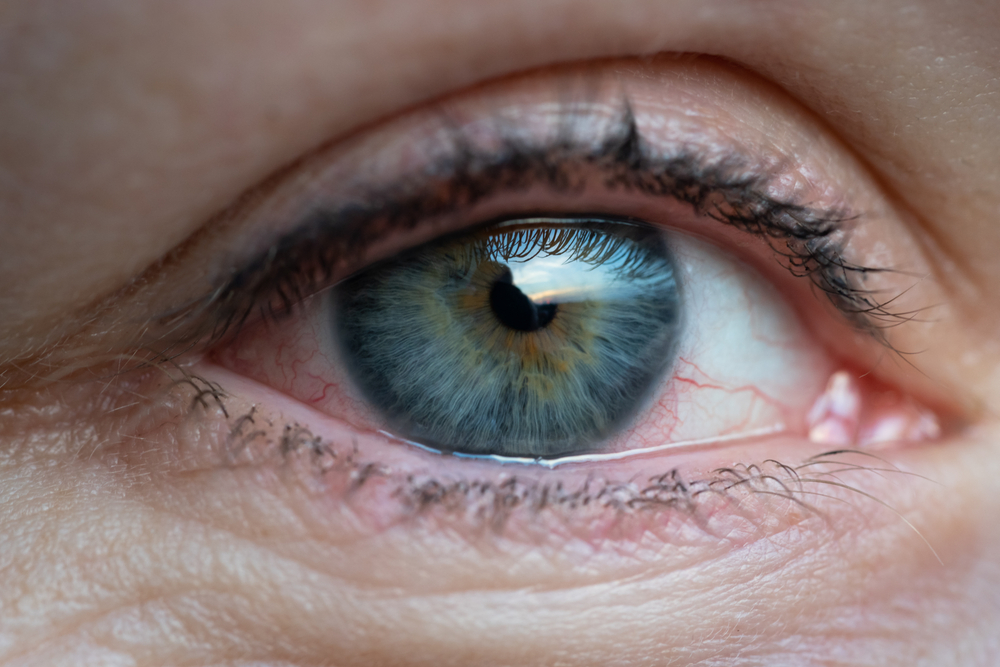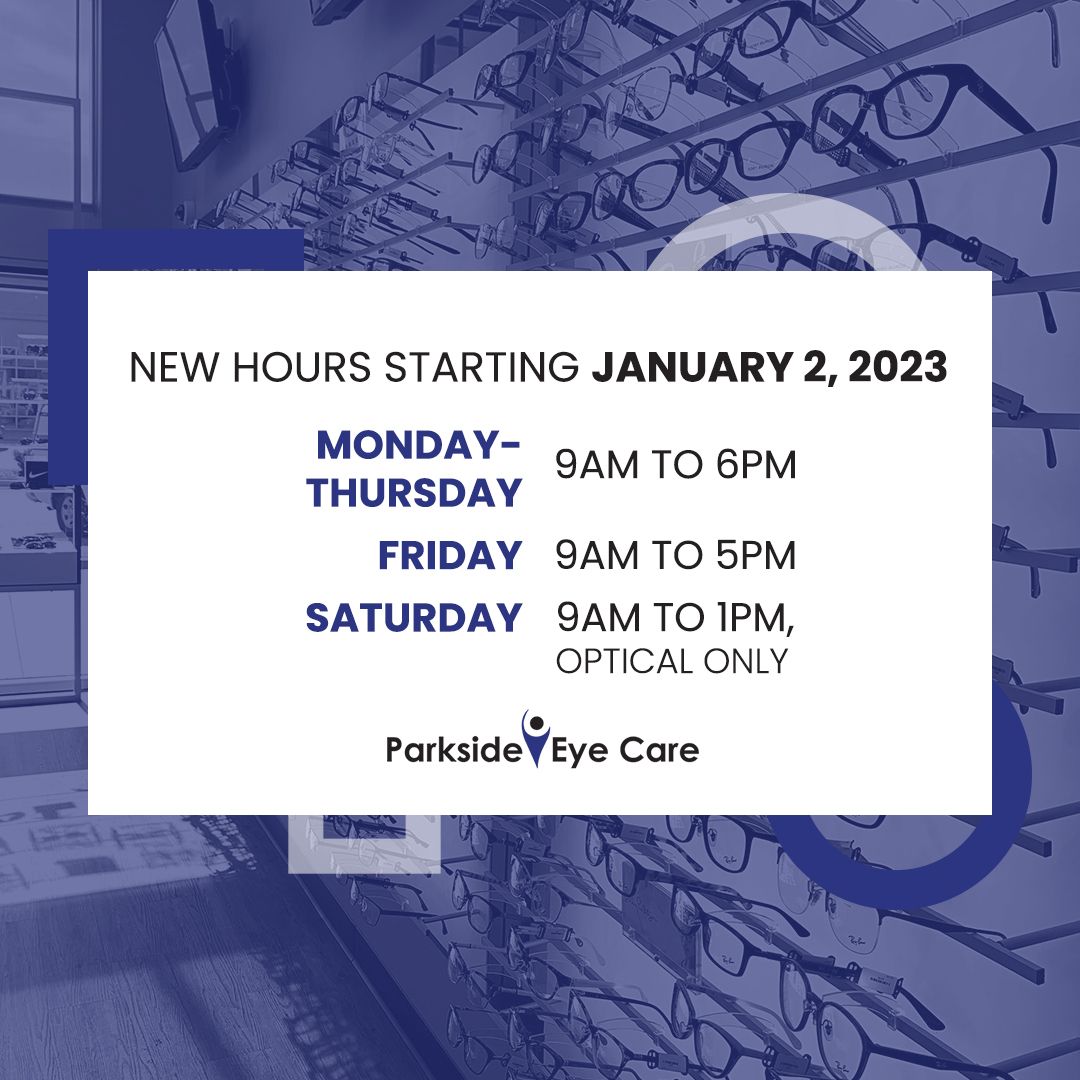
Dry eye syndrome is a common and often chronic condition that occurs when your eyes do not produce enough tears or the tears evaporate too quickly. This can lead to discomfort, irritation, and even vision problems. The causes of dry eye can vary, from environmental factors like air conditioning and computer use to underlying medical conditions like Sjögren's syndrome or meibomian gland dysfunction.
Common Symptoms of Dry Eye Syndrome
The most common symptoms of dry eye syndrome include:
- Persistent eye dryness or grittiness
- Redness and irritation
- Burning or stinging sensation
- Blurred vision
- Sensitivity to light
- Difficulty wearing contact lenses
- Excessive tearing
If you're experiencing any of these symptoms, it's important to consult with an optometrist to determine the underlying cause and develop an appropriate treatment plan.
The Risks of Leaving Dry Eye Syndrome Untreated
Leaving dry eye syndrome untreated can lead to a variety of complications, including:
- Eye infections: Dry eyes are more susceptible to bacterial and fungal infections, which can cause further irritation and even vision loss if left untreated.
- Corneal damage: Persistent dryness can cause the surface of the eye (the cornea) to become damaged, leading to ulcers, scarring, and even vision impairment.
- Vision problems: Dry eyes can cause blurred vision, fluctuating visual acuity, and increased sensitivity to light, making it difficult to perform everyday tasks.
- Decreased quality of life: Unmanaged dry eye syndrome can significantly impact your overall well-being, leading to discomfort, frustration, and even depression.
It's important to work with your optometrist to find an effective treatment plan to manage your dry eye symptoms and prevent these potentially serious complications.
Prescription Eye Drops for Dry Eye Treatment
One of the most common treatments for dry eye syndrome is the use of prescription eye drops. These medications are designed to either increase tear production or reduce inflammation in the eyes, providing relief from the symptoms of dry eye. Some common prescription eye drop treatments for dry eye include artificial tears, anti-inflammatory eye drops, or tear-stimulation eye drops. Your eye doctor will work with you to determine the most appropriate prescription eye drop treatment based on the severity of your dry eye symptoms and the underlying causes.
Intense Pulsed Light (IPL) Therapy for Dry Eye Relief
In addition to prescription eye drops, another effective treatment option for dry eye syndrome is Intense Pulsed Light (IPL) therapy. This non-invasive procedure uses controlled pulses of light to target the meibomian glands, which are responsible for producing the oil component of the tear film.
During an IPL treatment, your eye care provider will apply a specialized gel to your skin and then use a handheld device to deliver the light pulses to the affected areas around your eyes. This process helps to unclog the meibomian glands, allowing them to produce the necessary oils for a healthy tear film.
IPL therapy has been shown to be an effective treatment for dry eye syndrome, particularly for individuals with evaporative dry eye caused by meibomian gland dysfunction. Many patients report a significant reduction in their dry eye symptoms after a series of IPL treatments.
iLux Treatment for Dry Eye Syndrome
Another innovative treatment option for dry eye syndrome is the iLux device. This in-office procedure is similar to IPL therapy, but it uses a handheld device that applies gentle heat and compression to the meibomian glands, helping to unclog and express the trapped oils.
During an iLux treatment, your eye care provider will first apply a specialized gel to your eyelids. They will then use the iLux device to apply the heat and compression, which helps to liquefy the hardened oils and stimulate the meibomian glands to produce a healthier tear film.
The iLux treatment is typically a quick and comfortable procedure, taking only about 15 minutes per eye. Many patients report a noticeable improvement in their dry eye symptoms after just one or two iLux treatments, with the effects lasting for several months.
Finding the Right Treatment for Your Dry Eye Syndrome
If you're struggling with the symptoms of dry eye syndrome, it's important to work closely with your eye care provider to find the right treatment plan for your individual needs. This may involve a combination of prescription eye drops, IPL therapy, iLux treatments, or other interventions, depending on the underlying causes of your dry eye.
At Parkside Eye Care, we offer a range of advanced therapies, including prescription eye drops, IPL therapy, and iLux treatments, to provide relief and improve your eye health. Visit our office in Cary, North Carolina, or call (919) 883-9987 to learn more about your options and take the first step towards managing your dry eye symptoms.














